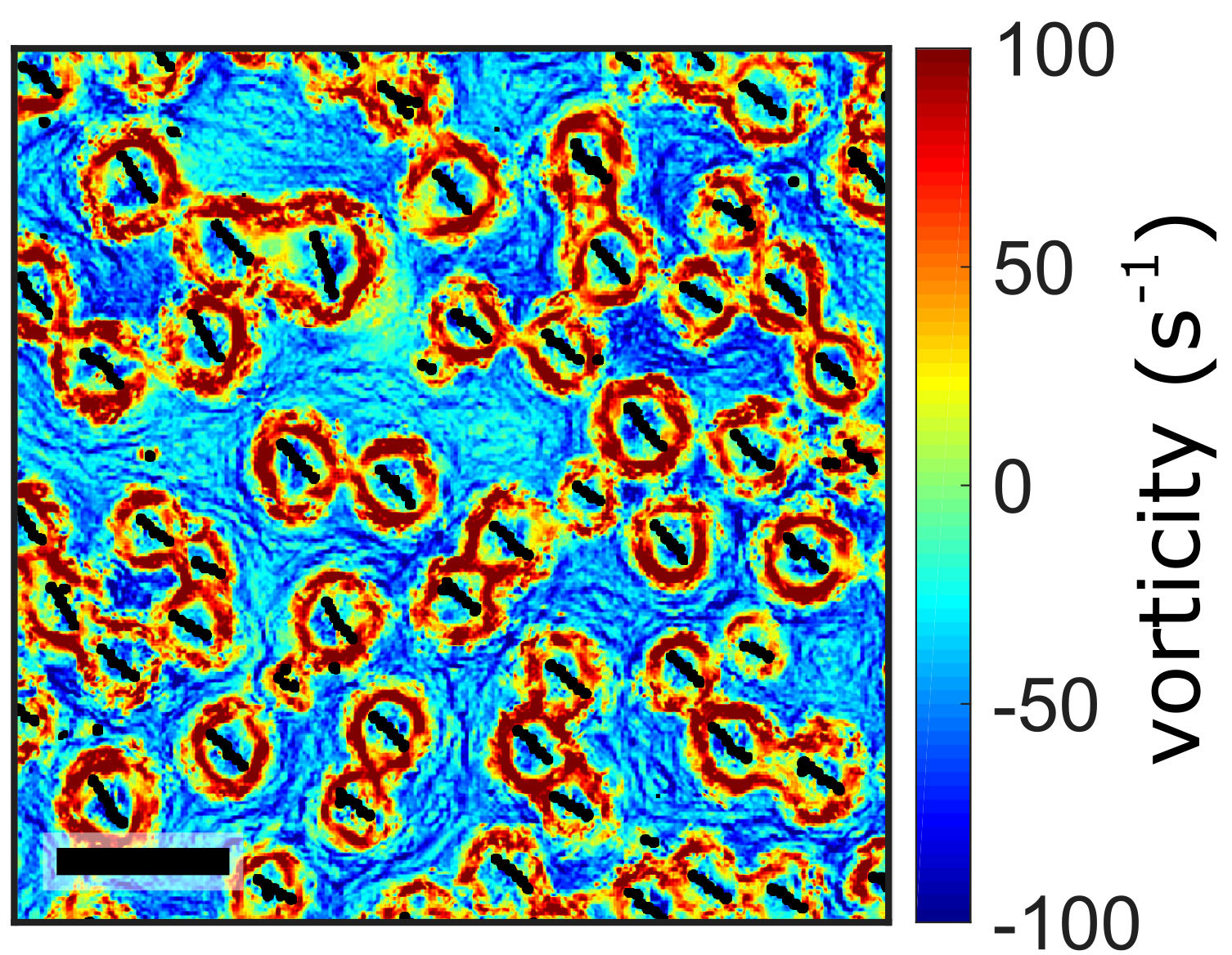
Designer Polymers Created from Peptide Bundles Promise Super-Strong Future Materials
Computational design of bundled peptide building blocks that can be precisely linked provides new ways to create customized polymers.

Computational design of bundled peptide building blocks that can be precisely linked provides new ways to create customized polymers.

A new quantitative understanding of how, at what distance, and in what shape zinc oxide nanoparticles come together while separated by liquid.

A new quantitative understanding of how, at what distance, and in what shape zinc oxide nanoparticles come together while separated by liquid.

Crystals grown from layers of atoms arrange themselves on semiconductor surfaces to add new capabilities.

Neutron scattering and isotopic substitution techniques reveal how to block vibrations that could leak heat from a photovoltaic cell.

Neutron scattering reveals a new way for magnetic oscillations to stick together.

Neutron and X-ray experiments illuminate the magnetic transitions in hexagonal iron sulfide that transform it from a conductor to an insulator.

Swarms of synchronized active spinning particles exhibit complex collective behavior, ranging from liquid-like states to dynamic crystals.

Studies pinpoint the active site of a catalyst that converts sunlight to liquid fuels.

High resolution imaging and spectroscopy definitively confirms a state of matter called a “pair density wave.”

Simple soft materials couple tunable chemical signals to produce distinct energy flows.

X-ray scattering measures the positions of atoms as they vibrate in a two-dimensional cover sheet.